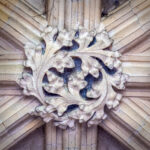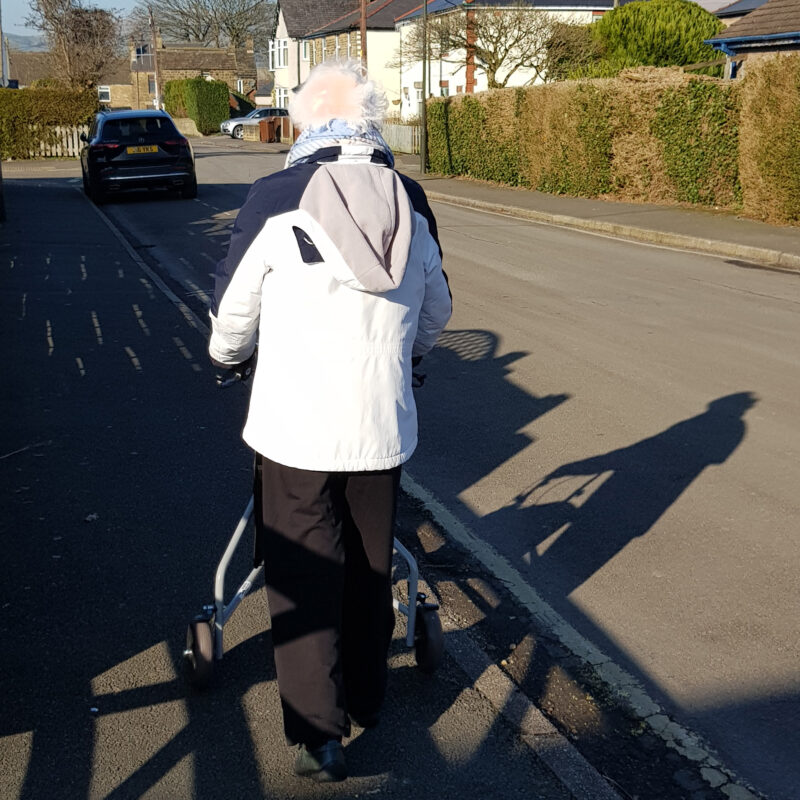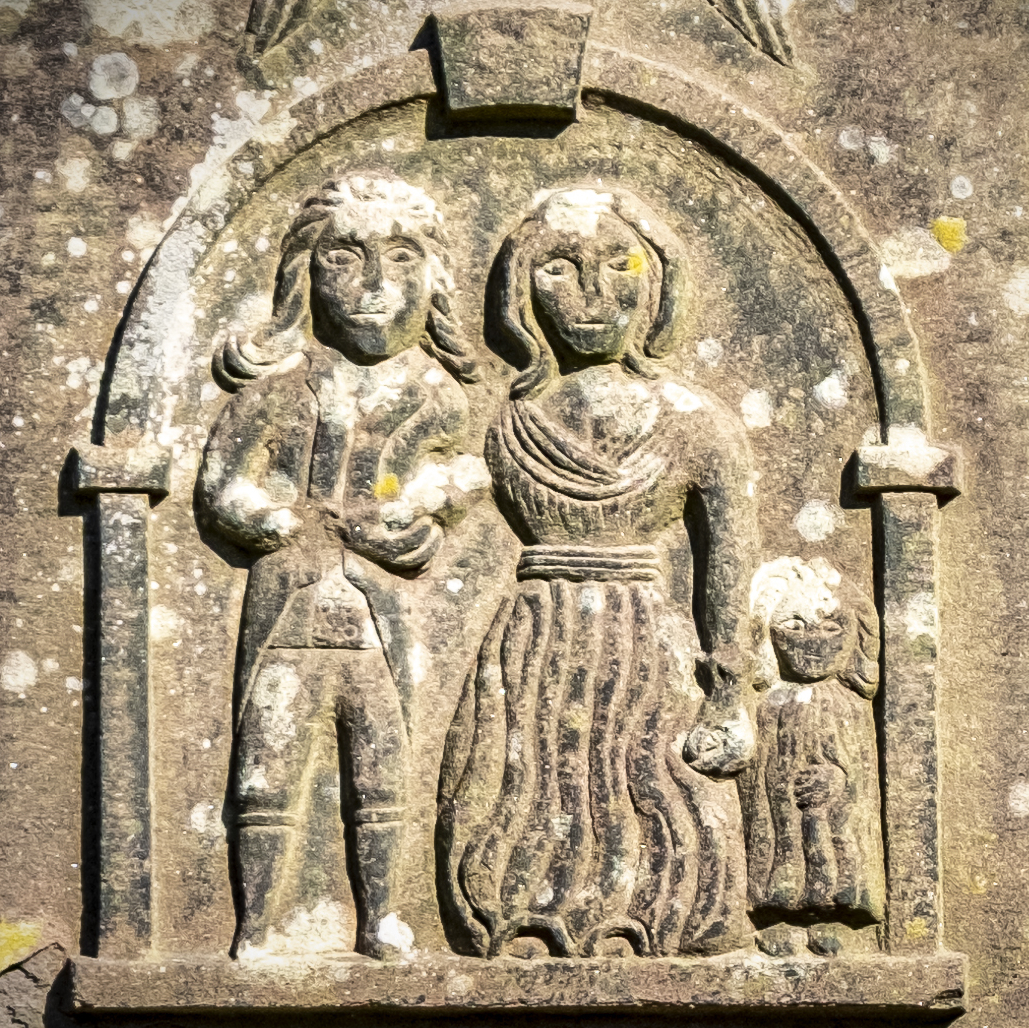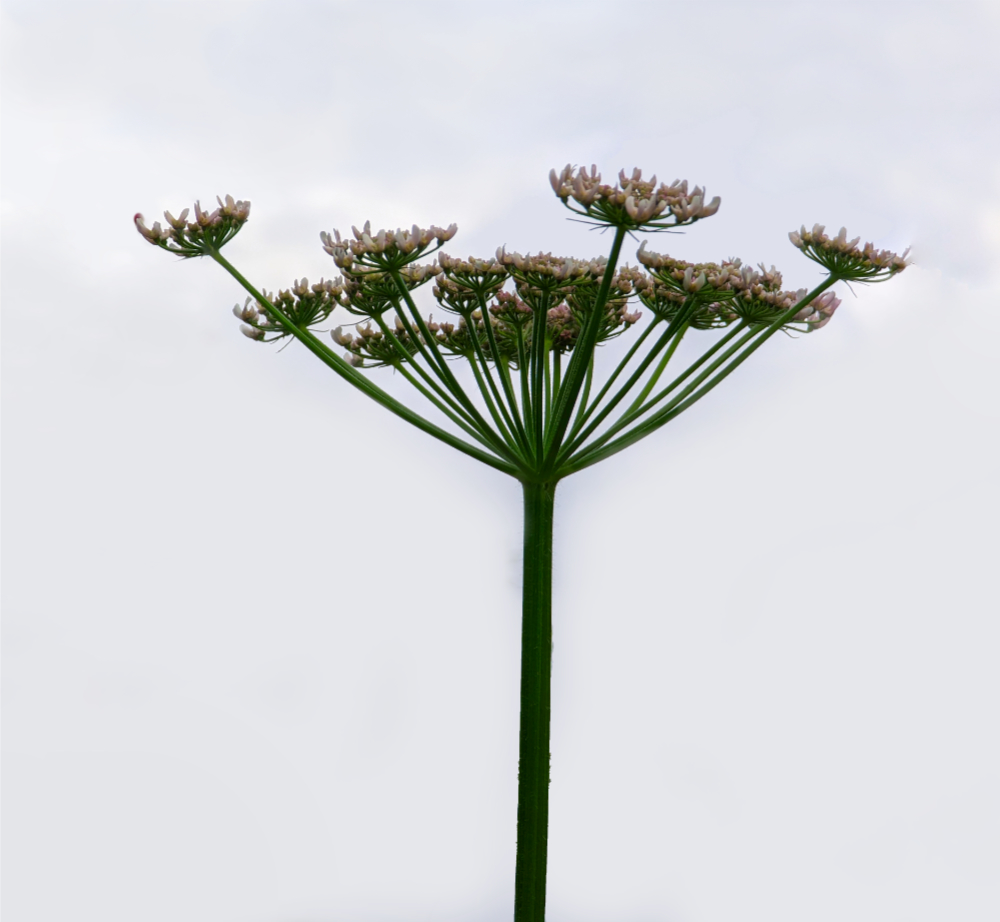An inspiring book from a master street photographer. Very readable and not just about street photography as the ideas are applicable generally. The Chapter headings are a guide in themselves. I had just watched the OCA Social Group talk by Mr Whisper. Both street photographers, many of his thoughts are echoed here.
- Discover your identity as an artist
By seeing the world around you and connecting with it, you will find your identity as a human and a photographer. Photography hesitation is loss!
- Be inspired
Look at the photographs of the great photographers, be inspired, don’t copy.
- Own the street
Don’t look afraid to be challenged, be confident. On the subject of what shouldn’t be photographed eg people with deformities: a photograph acknowledges their existence: you are telling of a world how it is, not poking fun.
- Embrace the everyday
The pure beauty of the moment… This is your photographic moment. And only you can know it. Instantaneous responses don’t happen only on the streets. The camera is saying ‘go, go take me somewhere – take me on an adventure’
- Anticipate a moment
Read the street (its no accident that David Lloyd-Duckett goes to Blackpool for his workshops!) ?A decisive moment? Photography happens fast, right in front of your eyes.
- Make Connections
For example, making a portrait, a special energy between you and the subject comes into being. Whether on the street or in a studio, seizing opportunities. Sometimes the portrait isn’t only about the person… It’s the moment the happenings around the frame, the context.
- Find the Story
Photographs are rich in information. Part of the reality of making images is that they are flexible; they can be read in singular ways …. Or in global ways with universal meanings about culture, society and the time in which the image was made.
- Be open to humour
People do the most surprising and funny things, and the photographer has to be ready to see the humour and photograph it!
- Look for detail and get in closer
Being attentive to detail in front of you, look closely and the whole of human life will be revealed. Sometimes the smallest gesture has the greatest impact.
- Engage your head as well as your heart
Use your judgement, think about what you are looking at, you may not see the potential immediately. Use your head, let the scene that called to you challenge your inventiveness.
- Body Language and communication
This is important on the street but in other photography situations too. You may need to melt into the environment, generate the movement you want by moving yourself, you may talk to a person you want to photograph. If you act in a non-threatening way, Simply being interested in the people you want to photograph you will find your picture taking easier.
- Visual Play
Play with what you are seeing. Almost anything is photographable. All you to do is have the interest and the appetite to discover the surprising thing or aspect.
- Be at one with your camera
A man of my mind… “I’ve never cared too much about the technical side of photography. …. I don’t get too caught up with photographic technique. However he does know his lenses – I only use one 18mmm -135mmm! All photography, he says, is about you!
Want to compress/flatten everything, or bring things that are far away near, use a telephoto. Want to do street use a 35mm, emulates normal vision, it’s a what you see is what you get lens. Find a lens (and camera) that suits your personality.
- The middle isn’t always the best
Frame your image to take the viewer around the image.
- Notes on Composition
Composition is really anything that you want to make of it. You’ve got a frame and you fill it with the things that appeal to you. It isn’t just a picture it’s a photograph…you need photographic intelligence when you bring things together in the frame you are making art.
Putting together disparate combinations – be quick- maybe creating a (1) picture within a picture. The call to make a photograph, it should invite you in. You want your viewer to look at your photo and enter into the moment to which you responded! (2) beautiful chaos of the world! As seen in street photography.
He says… add to your composition arsenal, keep in mind something that he calls (3) ‘the frieze’ – a group of people sitting on a bench, might be considered to be blocking your shot but…they can add a layer of interest to the scene behind.
- Push Yourself
Long story of how he managed to do his 9/11 project, despite officialdom. So he says… (a paraphrase) A project comes to you, If the project excites you do it with all your energy, overcome problems and become the photographer you want to be and are capable of being..
- Photography is about ideas
Photography looks like pictures but it’s really about ideas. He points out that you can realise the ideas when you use all your knowledge and personality to put yourself in the right place (a place) at the right time (where you can express your ideas).
To make an interesting picture out of…nothing, …everyday life that is ordinary but ‘everything.
Study the images you make. See the themes and styles to develop your subject matter and focus for your ideas.
- Colour or black and white?
Colour is the description of the world we see. It adds emotional and spatial depth. A richer experience . If the graphic world is important to you choose black and white, Two different languages?
‘The Joel Meyerowitz colour zone system’ – shutter speed first (he almost always chooses 1/250th) Then all you need to adjust is the f-stop as you move from shadow to light. (Grey card dev so that the 18% grey would be skin colour in B&W) Then make the meter (manual one) reading measure the light falling on the faces of all the people that you are photographing. Then use that to set your iso f-stop and speed in your camera on manual.
- Light as subject
Being attentive and aware and opening up your mind so that you see the light everywhere that you photograph. Beams of light might be the only subject in the space. Then following the light you may see subjects overlooked that come alive with the light.
- Edit your photographs
The process of elimination. Threading together bits and pieces of time to make a pleasing organized structure. Finding the strongest images is a personal thing. Looking at prints of your images is a very different experience to seeing them on a screen. Sequencing for a book almost requires that you print the images for sequencing… and then you may find that the image that looked good on the screen does not as a print. Give your images time. Don’t make final decisions all at once.
His view is summed up with these quotations from the book…
“Keep a sense of awe and keep your eyes open. Anticipate the moment—through practice. Make portraits through relationships. Let your images tell a story. See the visual humour of daily life. Look for the details of gestures. Challenge your inventiveness. Find a lens that suits your personality—but wide is better. Pay attention to composition (get your subject off centre). If a project excites you, go into it with an open heart and lots of energy. Reflect on your style and what you’re subconsciously been drawn to and make something of it. Give your work form and meaning.” Fromhttps://mrulster.com/2020/10/18/book-review-how-i-make-photographs-joel-meyerowitz/
That is what photography does it tears a little piece of time out of the whole flow of time and that piece is associated just with you.
An interesting quality of street photography is making connections between things that are not related, because when you put the frame around them you create a new relationship.
Making pictures on the street is a process driven by impulse.
Where we are often uncertain of the meaning there is often a degree of ambiguity. The camera describes everything that’s in the frame, and yet we’re uncertain about the meaning of any image. It is in that subtle and ambiguous space that photography gains its power. Something may look like one thing in reality but it may mean something else when you look at it later on .
“Jazz riff of street photography”
Gipsy comment “We must spend ourselves freely”

Meyerowitz, Joel, Sept 2020 : How I Make Photographs (Masters of Photography) Publisher: Laurence King Polishing



